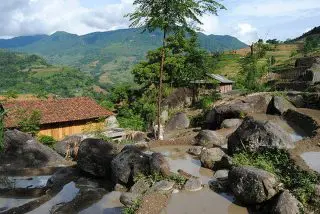
Xin Man, Ha Giang: What Makes This Region Special?
Xin Man district has a complex terrain, located in the upper Chay River mountain range, so it is mainly hills with steep slopes and divided by many streams.
Sung La Valley, situated in the Dong Van District of Ha Giang Province, Vietnam, is an enchanting destination that captivates travelers with its stunning natural landscapes and rich cultural tapestry. Located approximately 130 kilometers from Ha Giang City along National Highway 4C, this breathtaking valley is easily accessible for anyone eager to explore the remarkable northern highlands. Displaying a harmonious blend of unique geology and vibrant cultural heritage, Sung La Valley stands as a testament to the beauty and diversity of Vietnam.
This region is often affectionately coined as the “blooming flower” of the rocky plateau, known for its awe-inspiring limestone mountains and vibrant flower fields. These natural wonders come alive, especially in autumn, when buckwheat flowers bloom in delicate shades of pink and white. Additionally, the valley is steeped in culture, featuring significant historical landmarks, such as Pao’s House a traditional Hmong dwelling that plays a central role in the film “The Story of Pao.” This article delves into the various aspects that make Sung La Valley a must-visit destination, from its natural attractions to cultural experiences, providing valuable information for prospective travelers.
Sung La Valley is remarkable not just for its visual splendor but also for the richness of its ethnic cultures. The community here primarily comprises the Hmong, Tay, and Dao ethnic groups, each contributing to the region’s unique cultural mosaic. The area is dotted with traditional houses built from earth and wood, showcasing the architectural styles of these communities. The lifestyle of the local populace remains intact, with many residents still engaging in traditional farming practices, which include growing rice, corn, and various vegetables in terraced fields.
The presence of limestone cliffs adds another layer of beauty to the valley, as these natural formations create a striking contrast against the colorful floral landscapes. The rich biodiversity includes numerous flora and fauna native to the region, making it an exceptional spot for nature lovers and photographers alike. The blooming flowers, particularly the buckwheat and mustard blossoms, create a tapestry of colors, turning the valley into a picturesque haven for visitors.
During the autumn months, typically from September to November, tourists flock to the valley, eager to witness the breathtaking sight of buckwheat flowers in full bloom. This seasonal phenomenon not only draws in casual visitors but also photographers seeking to capture the essence of the northern highlands. The clear skies and the gentle sunlight further enhance the visual appeal, providing a perfect backdrop for both adventure and relaxation.
Visitors to Sung La Valley can immerse themselves in the local culture and environment through a variety of engaging activities. Here’s a detailed look at some of the main attractions that should not be missed:
To make the most of a trip to Sung La Valley, visitors are encouraged to plan their visit during two key seasons: spring (December to February) and autumn (September to November). Spring showcases a delightful array of blooming flowers, while autumn unveils the stunning buckwheat flower fields that have made the valley iconic. The favorable weather conditions ensure a comfortable exploration experience, with average temperatures ranging from 21.5°C to 25°C.
Travelers visiting during these seasons will enjoy a lively atmosphere, with the landscape transformed into a tapestry of colors and the local community engaged in their seasonal activities. Additionally, participating in local festivals and events that may coincide with these periods can further enrich one’s experience.
Traveling to Sung La Valley can be a fulfilling adventure, but it’s essential to plan effectively for a smooth journey. Here are some practical tips to enhance your travel experience:
Sung La Valley represents a unique blend of natural beauty and cultural richness, making it an essential destination for those venturing into the northern highlands of Vietnam. The combination of breathtaking flower fields, traditional living, and stunning landscapes showcases an extraordinary aspect of Vietnam’s cultural diversity. For travelers seeking adventure, cultural immersion, or simply a place to unwind and reconnect with nature, Sung La Valley offers an unforgettable experience. The warmth of the local communities and the vibrant scenes of the valley promise to leave visitors with lasting memories and a deeper appreciation for the region’s heritage.

Xin Man district has a complex terrain, located in the upper Chay River mountain range, so it is mainly hills with steep slopes and divided by many streams.
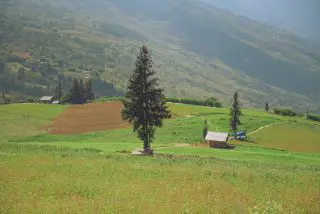
Venture into the untamed beauty of northern Vietnam with Vietnam Treasure and discover the magic of Suoi Thau Steppe. This captivating landscape offers a unique blend of cultural immersion and breathtaking natural scenery far from the bustling tourist trails.
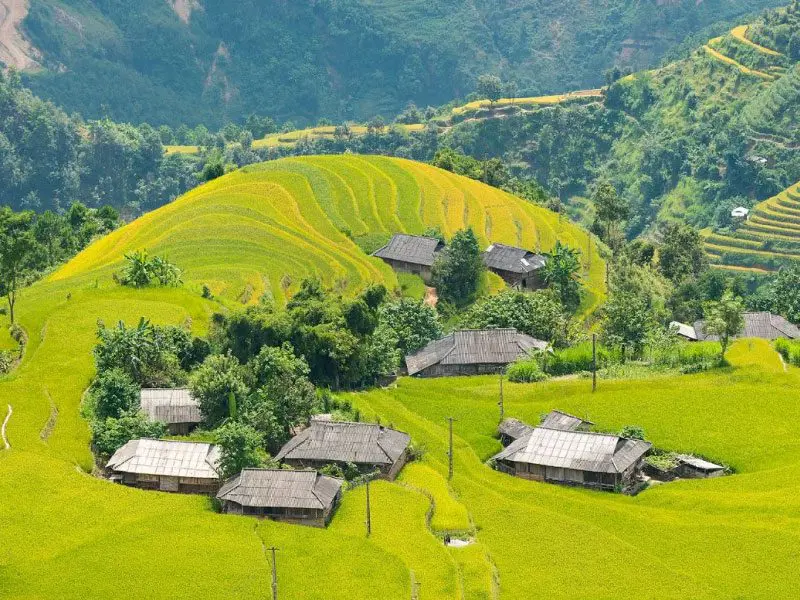
Nestled high in the mountainous region of Ha Giang, Phung Village (Ban Phung) is a hidden gem offering a glimpse into the authentic beauty and culture of Northern Vietnam.
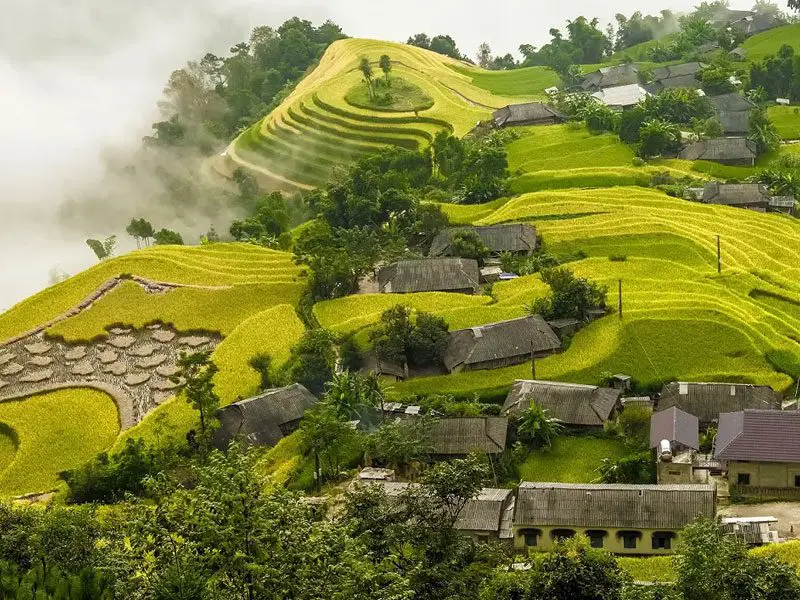
Stop at Thong Nguyen Village, and you will discover amazing beauty. This is a rugged and difficult mountainous area. Many people may think that nothing is interesting here. Join Vietnam Treasure to discover the beauty of Thong Nguyen Village.
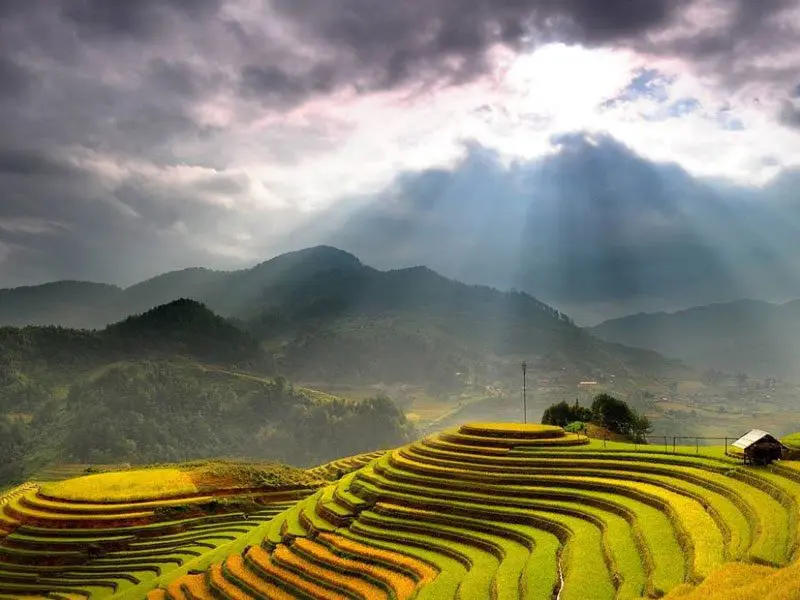
Its name, Hoàng Su Phì or Hoàng Thụ Bì, means “the yellow bark” in the Hmong language. It indicates the woods of weeping cypress, which is a local specialty.
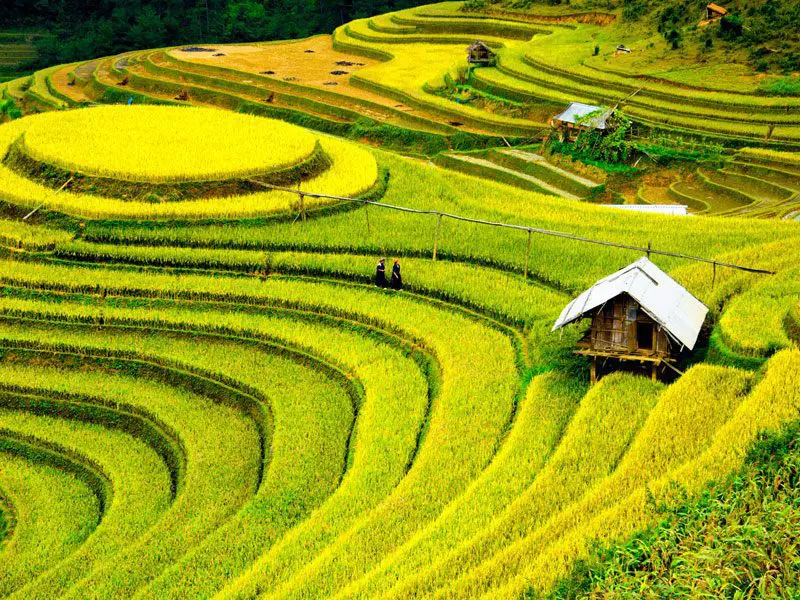
Hoang Su Phi terraced fields possess an undeniable charm, creating a mesmerizing scene—journey to Ha Giang with Vietnam Treasure to witness the brilliant golden rice harvest season. Although present in many countries, especially in Southeast Asia, terraced fields in Vietnam are deeply associated with the traditional agricultural activities of many ethnic groups in the northern mountainous region, such as the H’Mong, Dao, Nung, La Chi and Ha Nhi.
Tu San Canyon (Mèo Vạc district), the deepest canyon in Vietnam. It has a depth of about 800 m, a length of 1.7 km, and cliffs that slope 70° to 90°.
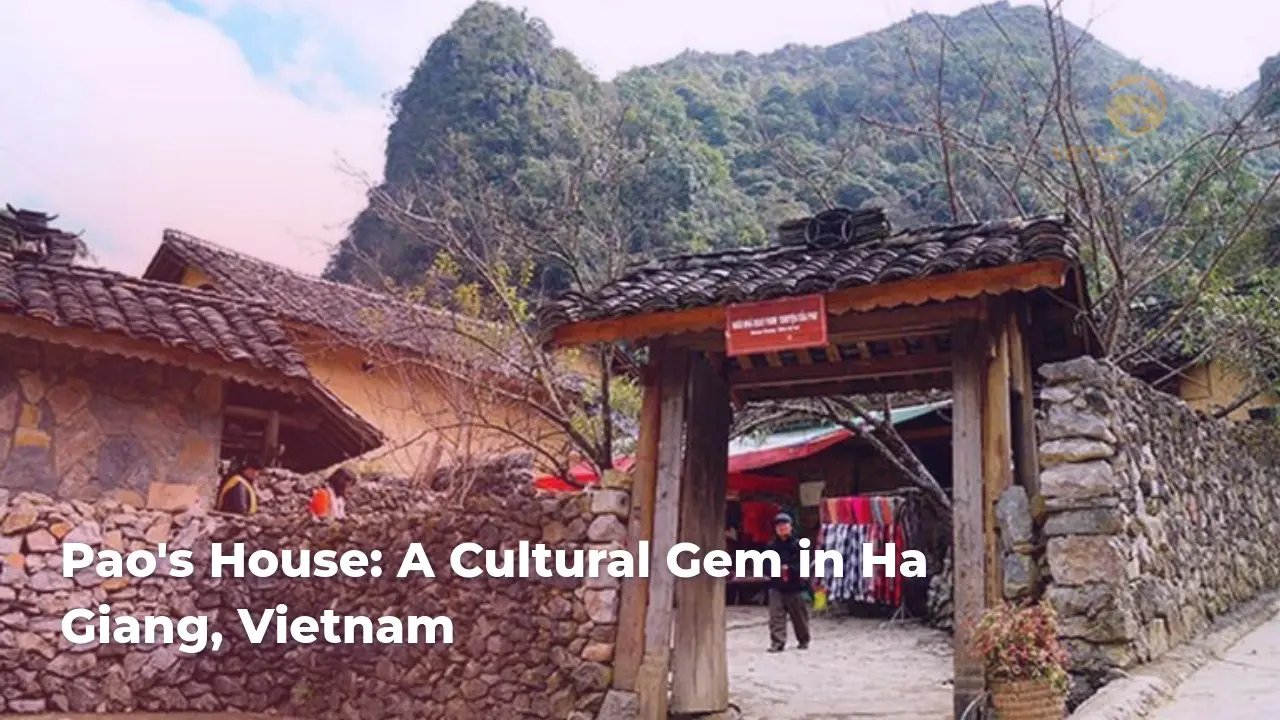
Discover the charm of Pao’s House, Ha Giang. Dive into local culture and scenic beauty. Plan your adventure now!
Copyrights @2025 Vietgo Travels. Terms and Conditions Privacy Policy
Hotline
+84 855 452 888 (Viet Nam) / +1 (206) 665 3090 (US)
Email: [email protected]
Website: www.vietgotravels.com
Head Office:
No. 23 Lo Su Street, Hoan Kiem District, Ha Noi, Viet Nam.
Viet Nam’s branch:
No. 35 Hang Quat Street, Hoan Kiem District,
Ha Noi, Viet Nam.
US:
831 41st Pl, Everett, WA 98201, USA